views
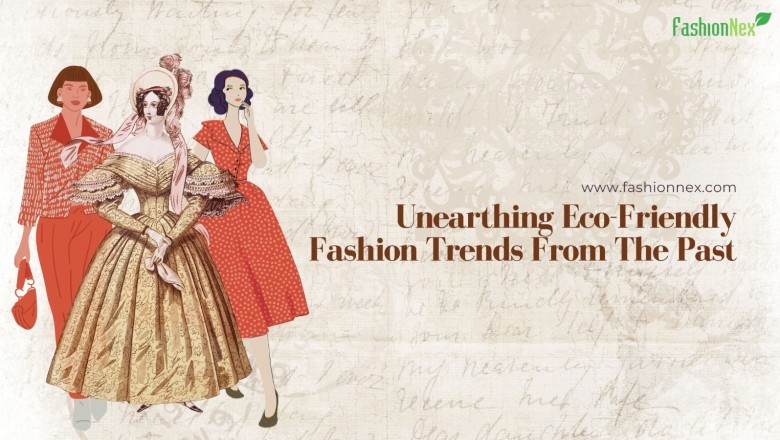
If so, let's embark on a captivating journey through time, where we'll delve into the fashion archives to unearth hidden gems from the past. Contrary to popular belief, sustainability isn't a new concept—it's been woven into the fabric of history, with our ancestors leading the way towards a more conscious approach to fashion. From hand-me-downs and thrifty DIY creations to the use of natural fibres and a focus on quality over quantity, people throughout history embraced sustainable practices, knowingly or unknowingly, as a way of life. These timeless treasures and eco-friendly inspirations serve as guiding lights, illuminating the path towards a more sustainable and conscious approach to fashion in the present day.
Join us as we explore the rich tapestry of vintage fashion and timeless elegance, weaving together threads of history and innovation to create a wardrobe that not only reflects our personal style but also honours the planet we call home.
Vintage Vibes: There's something timeless and chic about vintage fashion. From flapper dresses of the 1920s to psychedelic prints of the 1960s, vintage clothing offers a sustainable alternative to fast fashion. By giving pre-loved garments a new lease on life, we can reduce our carbon footprint and add a unique flair to our wardrobe.
Hand-Me-Downs: Remember raiding your older sibling's closet for cool hand-me-downs? Turns out, sharing clothes isn't just economical—it's eco-friendly too! Passing on garments to friends or family keeps them out of landfills and promotes a sense of community. Plus, who doesn't love scoring a fabulous find from a loved one's closet?
DIY Couture: Channel your inner designer and get crafty with DIY fashion projects! Whether it's upcycling old jeans into trendy denim shorts or adding embellishments to a plain tee, DIY couture allows us to express our creativity while reducing textile waste. So, grab your scissors and sewing kit—it's time to turn trash into treasure!
Natural Fibres: Before the rise of synthetic materials, our ancestors relied on natural fibres like cotton, linen, and wool for their clothing. Not only are these materials biodegradable, but they also require fewer resources to produce compared to their synthetic counterparts. Embracing natural fibres is a simple yet effective way to reduce our environmental impact.
Slow Fashion Movement: In a world obsessed with fast fashion, the slow fashion movement encourages us to pause, reflect, and make mindful choices about what we wear. By investing in high-quality garments that are designed to last, we can minimize our consumption and support brands that prioritise ethical and sustainable practices.
Minimalism: Less is more, especially when it comes to fashion. Embracing a minimalist wardrobe not only streamlines our style but also reduces the demand for new clothing. Instead of chasing fleeting trends, focus on building a versatile collection of timeless pieces that can be mixed and matched effortlessly.
Second-Hand Shopping: Thrifting is not just a hobby—it's a sustainable lifestyle choice! Whether you're scouring vintage shops or browsing online marketplaces, buying second-hand clothing reduces the demand for new production and gives old garments a new home. Plus, thrift shopping is budget-friendly and allows you to discover one-of-a-kind treasures.
Repair and Reuse: Instead of tossing out clothes at the first sign of wear and tear, why not repair and reuse them? Learning basic sewing skills or taking garments to a tailor can extend their lifespan and reduce the need for constant replacements. Plus, there's something incredibly satisfying about giving old favourites a second chance.
Cultural Heritage: Many traditional clothing styles have stood the test of time for a reason—they're sustainable, durable, and culturally significant. Whether it's a handwoven sari from India or a kimono from Japan, embracing cultural heritage in fashion promotes appreciation for craftsmanship and sustainability.
Educate and Advocate: Let's use our voices to spread awareness about the importance of eco-friendly fashion. Whether it's through social media activism or supporting sustainable brands, we can all play a part in shaping a more environmentally conscious industry. Together, we can redefine what it means to be stylish while preserving the planet for future generations.
Sustainable Accessories: It's not just about clothing—accessories play a big role in our fashion choices too! Opt for sustainable accessories made from eco-friendly materials like bamboo, cork, or recycled metals. From stylish handbags to statement jewellery, there are plenty of eco-conscious options to elevate your look.
Capsule Wardrobes: Ever heard of a capsule wardrobe? It's all about curating a collection of essential pieces that can be mixed and matched to create countless outfits. By investing in versatile staples that stand the test of time, you can simplify your wardrobe and reduce the urge to constantly buy new clothes.
Local and Ethical Production: Support brands that prioritise local and ethical production practices. By choosing clothing made close to home, you can reduce the carbon footprint associated with transportation and support fair labour practices. Look for certifications like Fair Trade or B Corp to ensure your purchases align with your values.
Renting and Swapping: Who says you have to buy everything you wear? Renting clothing for special occasions or participating in clothing swaps with friends are great ways to freshen up your wardrobe without contributing to overconsumption. Plus, it's a fun way to experiment with different styles without the commitment.
Educational Resources: Stay informed about the latest developments in sustainable fashion by following blogs, podcasts, and social media accounts dedicated to eco-friendly style. From tips on eco-friendly fabrics to interviews with industry experts, there's a wealth of knowledge out there to help you make more conscious fashion choices.
Community Initiatives: Get involved in community initiatives that promote sustainability in fashion. Whether it's organising clothing drives for those in need or volunteering at a local thrift store, there are plenty of ways to make a positive impact in your community. By coming together with like-minded individuals, we can amplify our efforts and create lasting change.
Government Policies: Advocate for policies that support sustainability in the fashion industry. From regulating textile waste to incentivising eco-friendly practices, government intervention can play a crucial role in shaping a more sustainable future. Write to your elected officials, participate in grassroots campaigns, and use your voice to demand action on behalf of the planet.
So, there you have it—seventeen eco-friendly fashion trends from the past and present that are shaping the future of sustainable style! By embracing vintage vibes, DIY couture, and the slow fashion movement, we can all do our part to reduce our environmental footprint and look fabulous while doing it.
Remember, every small step counts towards a greener, more sustainable future. Happy styling!

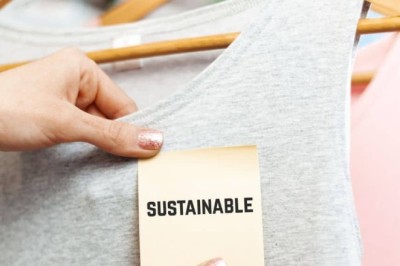




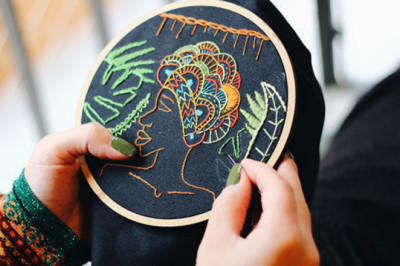
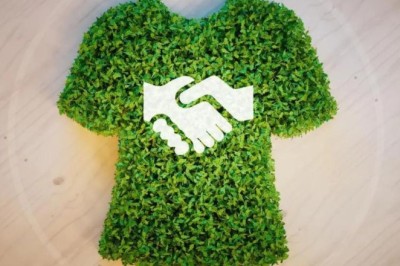
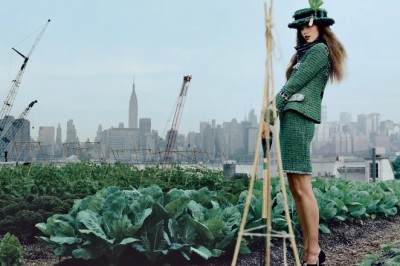


Comments
0 comment